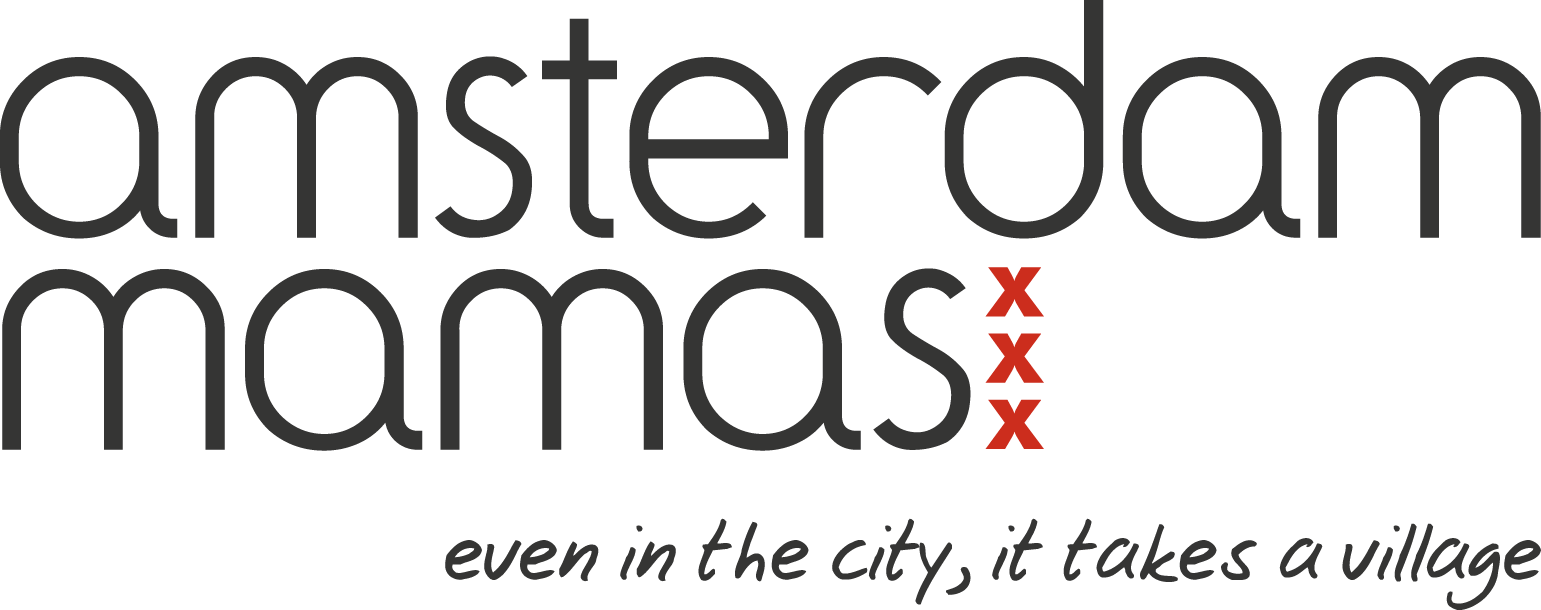Kris Herwig’s daughter recently turned four. Read on to find how entering the Dutch education system works for this age, and how satisfied Kris feels about her daughter’s experience.
Turning Four is Special
For a child growing up in the Netherlands, turning four is not just another birthday – it’s a mini coming of age, a transition from the daycare days of the little ones into the wider world of the big kids. It’s time to go to basisschool (primary school)!
Children in the Netherlands generally start school the day after they turn four. I know what you’re thinking:”The day after they turn four? Like, the next day? Literally?” The answer is yes!
When I first moved to Amsterdam, my son was three years old. We were thrown straight into the Dutch educational system, trying to find a place in a school for the following year. Moving from Germany, where they don’t start primary school until they are six, this came as a complete shock to me. I had never heard of a system where children entered school on a rolling calendar based on their birthdays. How strange, I thought. And, well, why?
The System Works
Fast forward to today, and the time has come to send my daughter, born and bred in the Netherlands, off to basisschool. To be honest, I couldn’t be happier, and not just because it means I will get more time to myself, but also because I think the Dutch have a brilliant system. Here are four reasons why:
1. Time to play
While starting basisschool is indeed a foray into the primary school system, it is not plunging straight into reading and writing. When children first start, they are placed in a mixed-age classroom of 4-, 5-, and 6-year-olds, in what the Dutch call Groep 1 and Groep 2. They spend their days doing artwork, playing games, building towers and race tracks, and playing outside. They are just kids being kids. This gives them time to build social and cognitive skills, develop their vocabulary, and prepare for when they move into to Groep 3 (1st Grade to Americans and others) when they turn six. Furthermore, school isn’t actually compulsory until a child turns five. While most Dutch children begin school at age four, parents can choose to delay this based on child-readiness or choose not to send their children every day.
2. It’s Fair
If every child gets sent to school when they turn four, then all parents are responsible for exactly four years of childcare. In my home country of the United States – and in some other countries, including the UK – if your birthday doesn’t make the cut-off, you have to wait another year to enter the primary school system. That can mean a considerable amount of money for an additional year of childcare.
3. It’s Special
Dutch children see their peers go off to the “big” school as they turn four, and wait with anticipation for their own turn. When they arrive in their new classroom, all the kids are excited to meet the new child, sit next to her, or play with him at recess. It can be an empowering experience, even if the first days of school bring with them mixed emotions of the reality of this big transition.
4. Kids Help Kids
When a new student joins the class, there is an entire classroom of young children whose job it is to welcome newbies and teach them the rules. Yes, the children play a big role in this! Because the class always consists of children from two different years (Groep 1 and Groep 2), there are always veteran students in the class. This phased-entry system creates a fluid classroom for teachers, and gives students the opportunity to mentor and help new and younger students.
I remember one afternoon when I was waiting for my son on the schoolplein. He was not with the rest of his classmates waiting beside his teacher. When I asked where he was, I found out that he was inside with one of the 6-year-old boys who was helping him tie his shoes. These helping roles give young children a natural opportunity to develop patience and empathy and learn from each other.
The phased-entry system also has the added advantage of allowing teachers to focus their attention on newcomers in the classroom, as opposed to managing a classroom of entirely new students. The teacher is more likely to notice and provide support for a child who is struggling to settle in.
“Settling in Days” Make for a Smooth Transition
Additionally, while the thought of children starting school right after their fourth birthday sounded pretty rigid to me, the Dutch system actually makes it possible to ease young ones into this transition quite gently. Before starting school full-time, they have wendagen, or “settling in days,” at school. What this means is that children are not expected to begin attending full days every day immediately. Rather, parents and teachers work together to come up with a schedule for the child to get used to his or her new environment over an agreed period.
These past few weeks have been magical for my daughter. She had her farewell parties at both her crèche and voorschool (preschool) where, with much fanfare, they celebrated her birthday and then also bid her farewell and good luck on her next great adventure at basisschool. I watched her grow up before my eyes, swelling with pride knowing she was finally big enough to go to the “big” school. She was bursting with confidence just at the thought of it.
These past few weeks have been magical for my daughter.
My daughter has been in primary school now for three weeks. While I can’t say it has been an easy transition for her, it does not make me any less of an advocate of this system. In fact, I look at the benefits listed above, and I see all of them working to her advantage. Not surprisingly, this system embodies much of what the Netherlands is known for – it’s practical, fair, and really good for kids. Some believe the Dutch raise some of the happiest kids in the world (check out this UNICEF report) and maybe this is just another piece of the puzzle to understanding how they are able to pull off child-rearing so well.
Kris Herwig
Kris Herwig is an American mother of two Swedish-American children being raised in Amsterdam. With two kids in school, she is now facing the exciting and daunting question – What’s Next?






